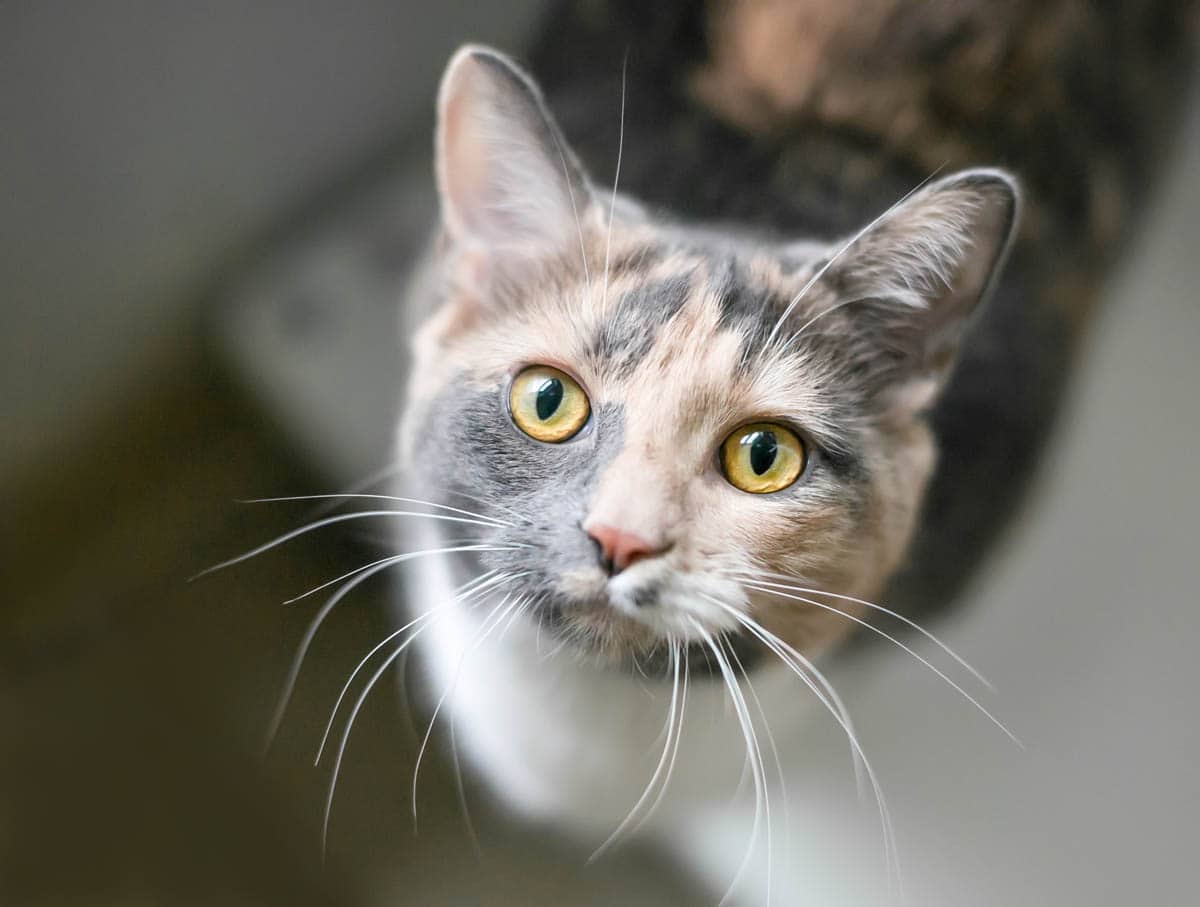Clavamox at a glance
|
About Clavamox
Clavamox (Zoitis) or Clavulox (Pfizer) are the brand names of a combination drug made up of amoxicillin and clavulanic acid and is one of the most commonly prescribed broad-spectrum antibiotics in veterinary medicine. The drug is derived from penicillin and clavulanic acid a beta-lactam inhibitor and is used to treat bacterial infections in animals.
Broad-spectrum antibiotics are capable of acting on the two major bacteria groups, gram-positive and gram-negative bacteria. Amoxicillin is a penicillin derived antibiotic developed by Beecham Research Laboratories, England in the 1960s and became commercially available in 1972.
Mechanism of action
Amoxicillin inhibits the biosynthesis of the bacterial cell wall. Clavulanic acid alone only has weak antibacterial properties but protects amoxicillin by binding to beta-lactamases secreted by bacteria which inactivates penicillins and is produced by the fermentation of Streptomyces clavuligerus.
Uses
Clavamox is FDA-approved for use in cats to treat the following:
- Skin and soft tissue infections such as wounds, abscesses, cellulitis, dermatitis, gum disease and dental infections caused by susceptible strains of Staphylococcus, Streptococcus, E. Coli and Pasteurella
Clavamox is prescribed extra-label (the drug in a way that isn’t listed on the drug’s labelling) to treat:
- Urinary tract infections: When waiting for culture and sensitivity results or if the organism is susceptible to Clavamox.
Bacterial culture and sensitivity should be always performed to evaluate the susceptibility of the bacteria to different antibiotics to determine the most effective one. Treatment with Clavamox may be initiated before the culture results and where necessary, the veterinarian will re-evaluate the choice of antibiotic once the bacterial culture and sensitivity results have been received.
How is Clavamox supplied?
Clavamox is orally administered and is available in a chew, oral suspension (drops) or tablet (62.5 mg, 125 mg, 250 mg, and 375 mg).
Dosage
The dose is 62.5 mg per cat every 12 hours (twice a day) for skin and 12.5-25 mg per kilo every 8-12 hours for cats with urinary tract infections. [1]
Cats with skin and soft tissue infections should be treated for 5-7 days or 48 hours after all symptoms have subsided.
Urinary tract infections may require treatment for 10-14 days or longer in some cases, but not over 30 days.
What happens if the cat misses a dose?
Give the missed dose as soon as you remember and then continue with the regular dosing schedule. If it is almost time for the next dose, skip the missed dose, and continue with the regular schedule. Do not give the pet two doses at once.
Drug interactions
Talk to your veterinarians about any supplements or medications your cat is taking.
- Bacteriostatic antimicrobials (chloramphenicol, erythromycin, tetracyclines, sulfonamides): Possible antagonism between beta-lactam antibiotics and bacteriostatic antibiotics.
- Methotrexate: Clavamox can decrease renal excretion of methotrexate (a chemotherapy drug), causing a toxic build-up of the drug in the cat’s body.
Does Clavamox have to be given with food?
Clavamox can be given with or without food. Administering with food can help to reduce side effects such as nausea and vomiting.
How long does it take Clavamox to work?
The drug begins to work within a short timeframe, however, it may take two to three days for symptoms to improve.
Can pregnant or lactating cats take Clavamox?
The FDA categorises the drug as category B, for use during pregnancy. Animal studies have not demonstrated a risk to the fetus. As always, tell the veterinarian if your cat is or may be pregnant or lactating.
Contraindications
Do not give to cats who have a known sensitivity to penicillins.
Do not administer systemic antibiotics orally to cats with septicemia, shock or other grave illnesses as GI absorption may be significantly delayed.
Side-effects
Side-effects are rare and in most cases mild. The most common side-effects are loss of appetite, vomiting and diarrhea.
Hypersensitivity may include angioedema (swelling around the face), urticaria (rash), difficulty breathing, increased heart rate, fever and vomiting. Contact your veterinarian immediately if your cat displays signs of an allergic reaction.
Storage
Store oral suspension in a refrigerator and keep it from freezing. Discard after ten days.
Tablets should be stored at in a sealed container, protected from light and in temperatures lower than 24°C (75°F) in a tight container away from humidity.
Safety
Never administer prescribed or non-prescribed medications to your cat unless instructed to do so by a veterinarian.
Observe your cat closely for signs of an allergic reaction after Clavamox administration. Seek veterinary attention if your cat displays side effects which include gastrointestinal disturbances, urticaria, swelling or difficulty breathing.
Always complete the prescribed course, symptoms may improve before the full course has been finished.
Frequently asked questions
Is Clavamox the same as amoxicillin?
Clavamox contains amoxicillin as well as clavulanic acid.
Can I purchase Clavamox without a prescription?
No, a veterinary prescription is required.
What class of antibiotic is Clavamox?
Clavamox is in the penicillin class of antibiotics.
References
Plumb, D.C. (2018). Veterinary drug handbook. Ames, Iowa: Iowa State Press.

